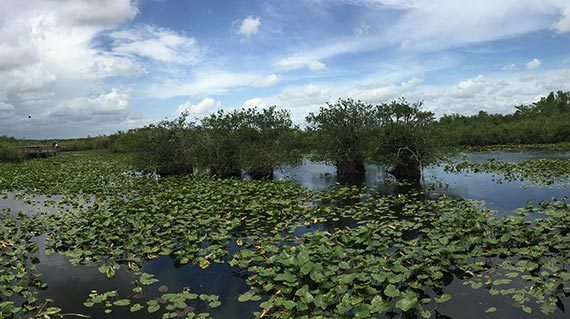
Everglades - Anhinga Trail
Experience the Everglades Up-Close
On a map, the finger-like state of Florida protrudes prominently from the continental United States, reaching south towards the Caribbean just barely missing Cuba 90 miles (c. 140 kilometers) beyond. To the north, frost-hardy, temperate deciduous forest dominates, while warm bodies of water surround the rest of the state. Together, both climate and geography isolate Florida from the rest of the country. Because of its geographically unique position, Florida is a crossroads between the temperate northern latitudes and the sultry Caribbean tropics with almost tropical forest-like habitat resulting in some fantastic bird watching opportunities. Indeed, about a dozen bird species of West Indian origin reach the northern limits of their range here, while many species typical of more northern latitudes reach the southern edge of their range in Florida. Many of the West Indian species live nowhere else in the United States. We also time our tour in late April, when spring migration peaks and the national parks, botanical gardens and residential areas are teeming with bird life, potentially augmenting our trip list with a wide variety of colorful warblers and charismatic shorebirds.
Florida Scrub Jay is a charismatic and quizzical species.
On this tour, we cover the southern two thirds of the state comprehensively in search of the many special birds on offer. We begin by exploring Miami, a city with a decidedly Caribbean flair, in search of several established exotics such as Spot-breasted Oriole, White-winged Parakeet and Red-whiskered Bulbul. In the central/western part of the state, pinelands feature a specialized avian community, including Red-cockaded Woodpecker, Brown-headed Nuthatch and Bachman’s Sparrow. We also explore nearby oak scrub for Florida’s only endemic bird, Florida Scrub Jay. On the last leg of our journey, we explore the tropical hardwood hammocks and mangrove swamps of the Florida Keys in search of Caribbean specials such as Mangrove Cuckoo, White-crowned Pigeon and Black-whiskered Vireo. We also take a day trip to Dry Tortugas National Park, where Sooty Tern and Brown Noddy breed in their thousands. With some luck, many of the sites we visit on this tour may be alive with migrant songbirds, and there is always a chance for a vagrant from the Caribbean like a La Sagra’s Flycatcher or a Western Spindalis to show up.
Duration: 9 days
Limit: 4 – 8
Date: 23 April – 02 May 2027
Start: Miami, FL
End: Miami, FL
Price:
US$5,257 per person sharing assuming 4 – 8 participants
Single supplement: US$1,113
We can run the same trip at a price similar to the larger group price for 2 tour participants, if they rent their own vehicle and pay for fuel – please e-mail [email protected] for details.

Experience the Everglades Up-Close
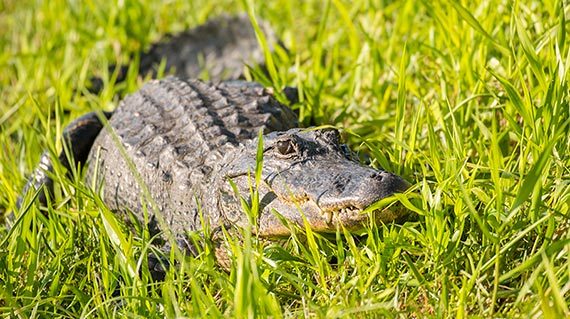
Alligator mississippiensis
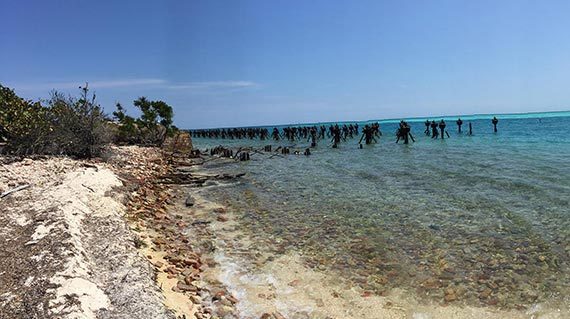
Isolated and Beautful
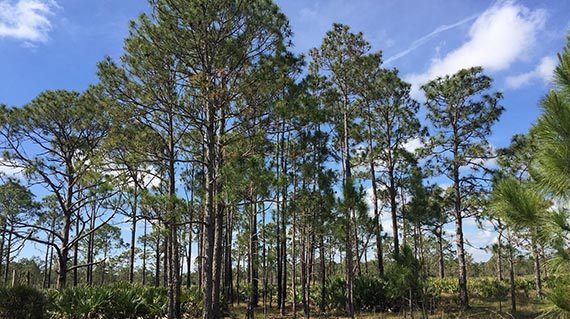
Where the Pine Species are Found
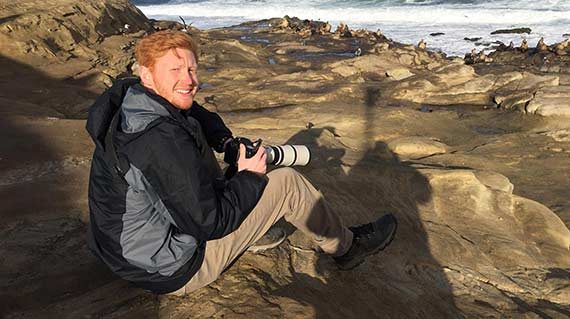
Tours: Alaska, Arizona, California, Colorado, Florida, Maine, Minnesota, Ohio, Texas, Wyoming, Birding Ecotours (Worldwide)
Another successful Birding Ecotours’ South Florida Specialties Tour has wrapped up! Though a few species eluded the group early on, our persistence and perseverance paid off in the end with incredible looks at all of the South Florida target species. In addition to the birds, we spent some time with American Alligator, American Crocodile, and Wil got down and dirty with the Tarpon on Marathon Key. Florida treated us very kindly with sunny skies, great food, and 164 total bird species – including 15 warbler species and many other migrants. In all, we traveled over 1800 miles from downtown Miami to the central pine forest, along the west coast to the Everglades, through the Keys, and out to the remote Dry Tortugas.
Click here to download the Florida Peninsula and The Florida Keys – April/May 2018 Trip Report.
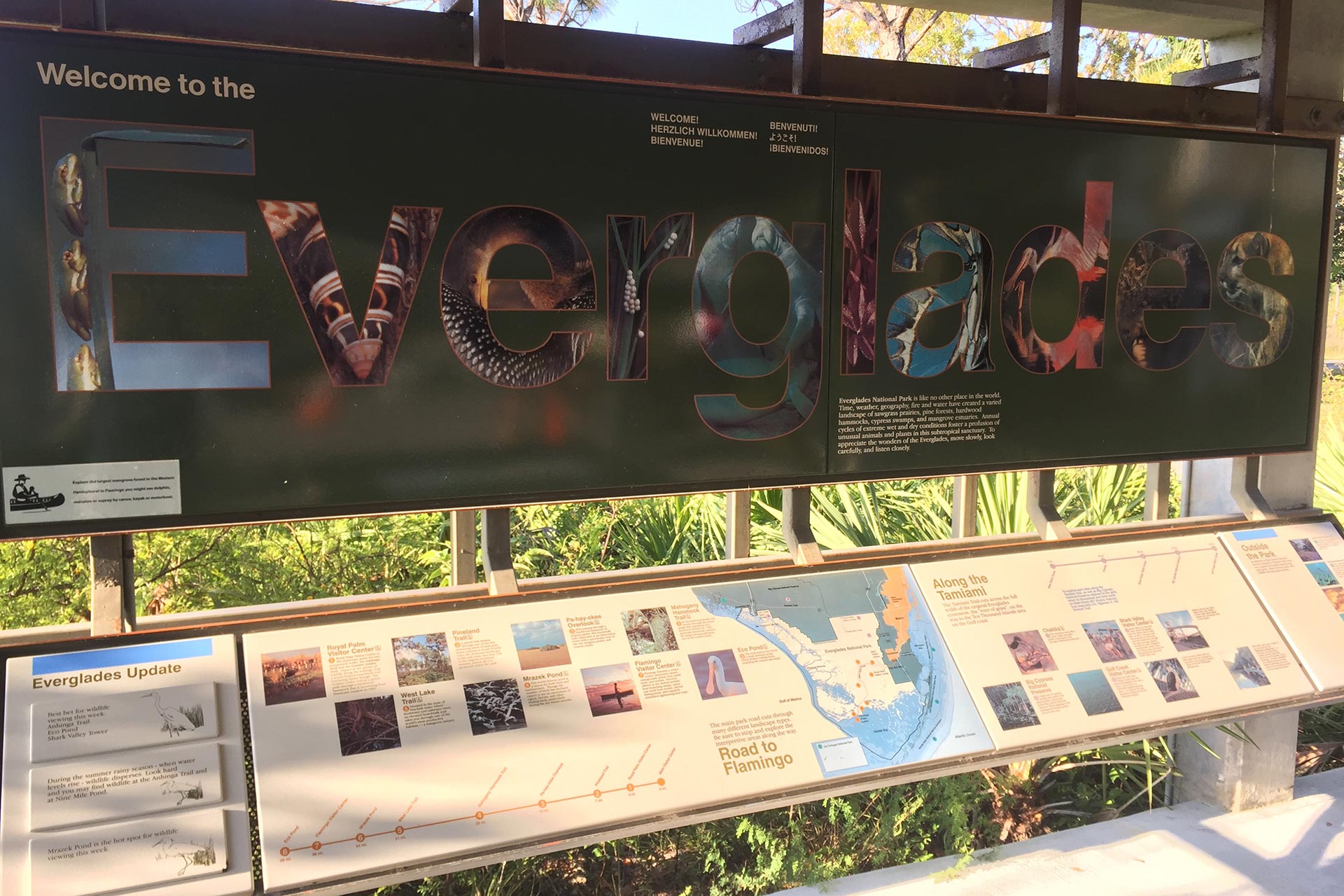
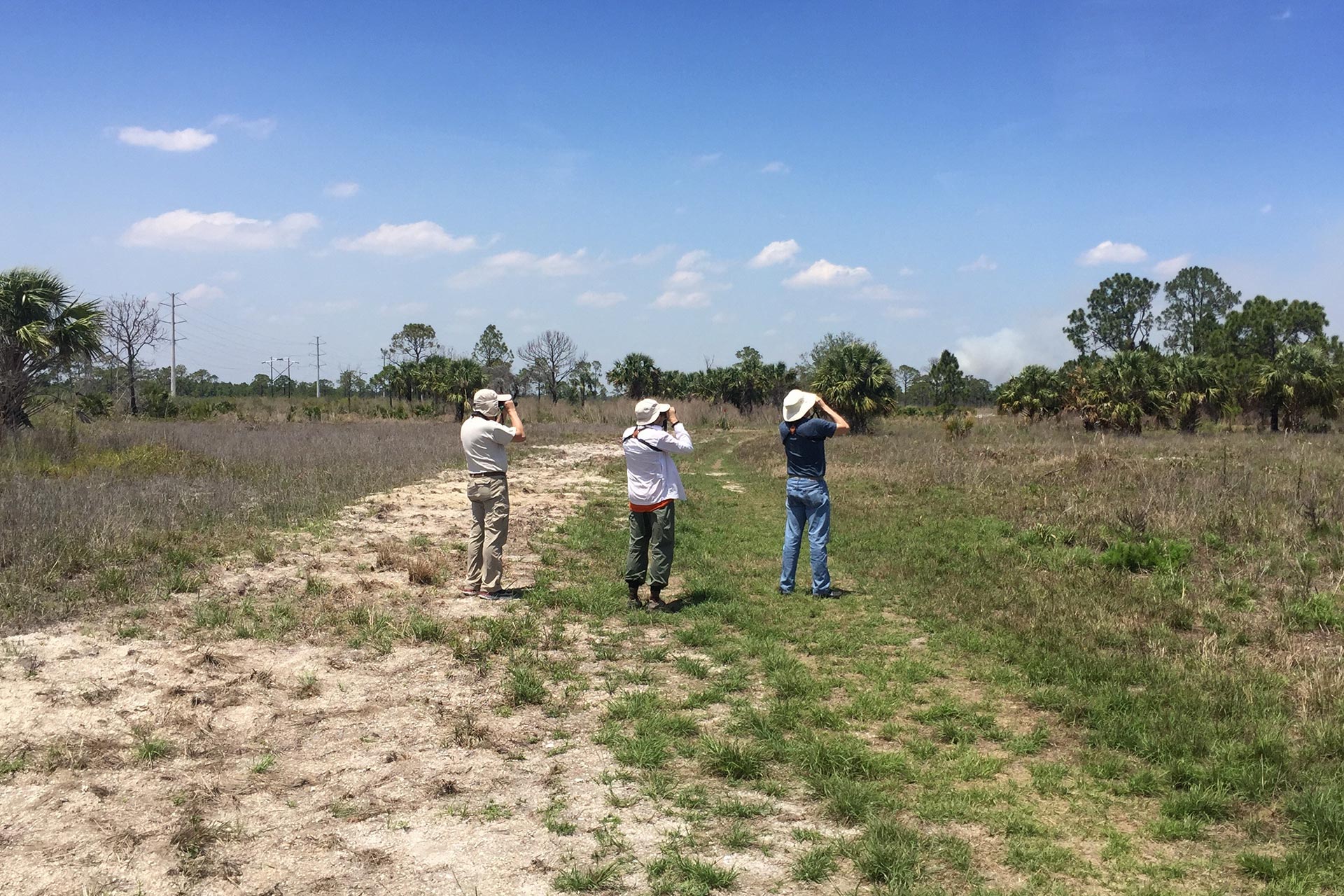
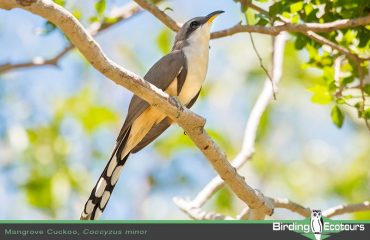 Mangrove Cuckoo
Mangrove Cuckoo
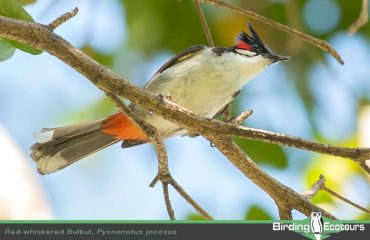 Red-whiskered Bulbul
Red-whiskered Bulbul
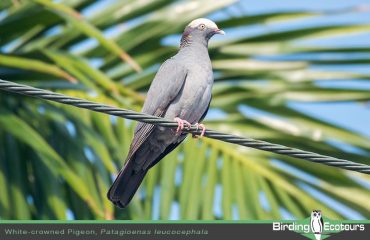 White-crowned Pigeon
White-crowned Pigeon
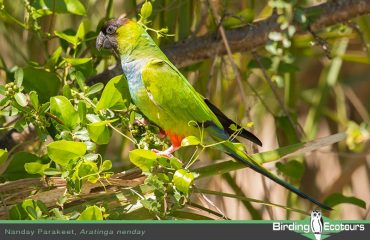 Nanday Parakeet
Nanday Parakeet
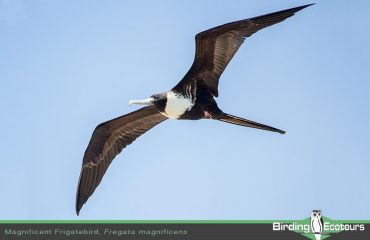 Magnificent Frigatebird
Magnificent Frigatebird
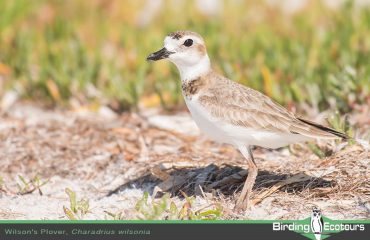 Wilson's Plover
Wilson's Plover
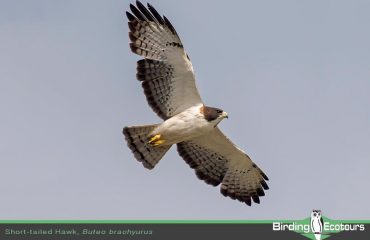 Short-tailed Hawk
Short-tailed Hawk
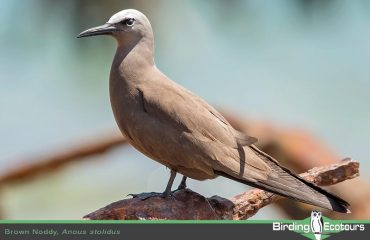 Brown Noddy
Brown Noddy
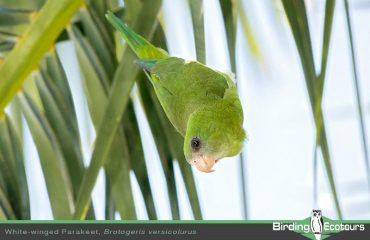 White-winged Parakeet
White-winged Parakeet
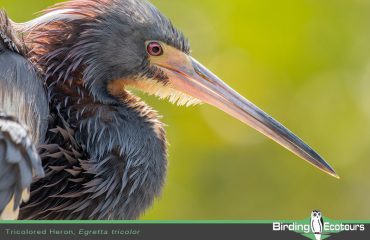 Tricolored Heron
Tricolored Heron
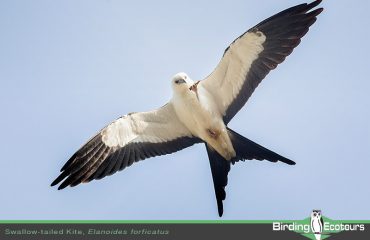 Swallow-tailed Kite
Swallow-tailed Kite
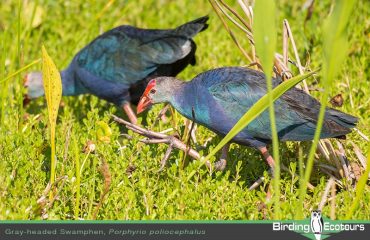 Gray-headed Swamphen
Gray-headed Swamphen
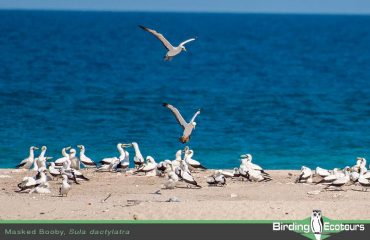 Masked Booby
Masked Booby
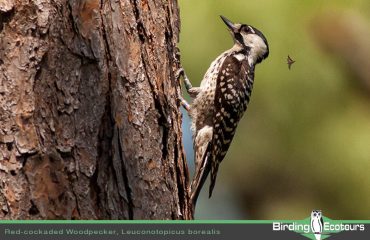 Red-cockaded Woodpecker
Red-cockaded Woodpecker
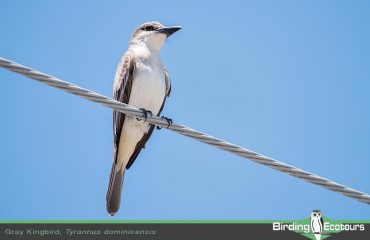 Gray Kingbird
Gray Kingbird
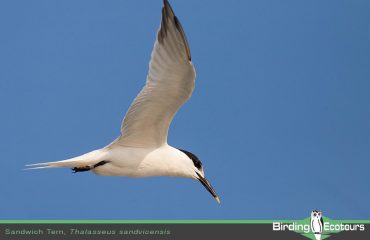 Sandwich Tern
Sandwich Tern
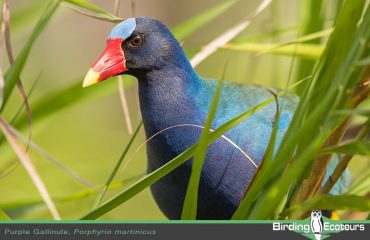 Purple Gallinule
Purple Gallinule
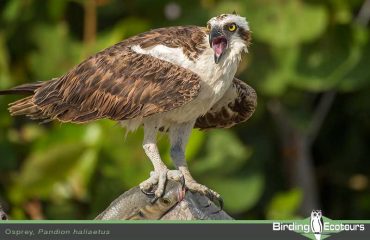 Osprey
Osprey
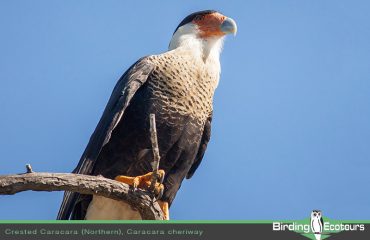 Crested Caracara
Crested Caracara
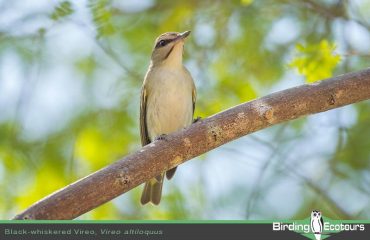 Black-whiskered Vireo
Black-whiskered Vireo
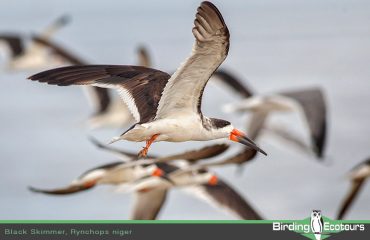 Black Skimmer
Black Skimmer